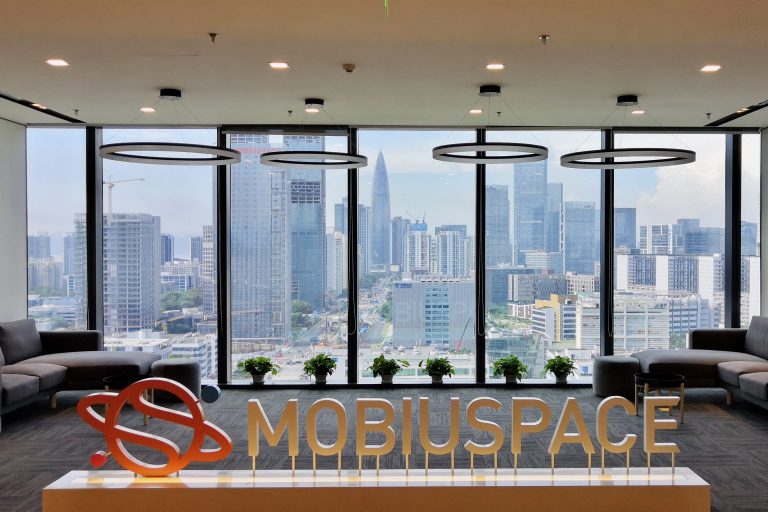Especially since the launch of DeepSeek, which has already been dubbed China’s Sputnik moment, I have seen a growing interest in the Chinese tech industry. This inspired me to share my five-year journey working at a tech company based in Shenzhen, known as “the Chinese Silicon Valley.”
Besides emerging as the U.S.’ s top contender in AI — and already leading in overall GenAI patents with six times the number of those in the U.S. — China has rapidly ascended as a global technology powerhouse in recent years, becoming the undisputable leader in sectors such as renewable energy and electric vehicles (EVs). Take the latter, for instance. China now produces over 60% of the world’s EVs, with BYD surpassing Tesla in global sales when including both battery electric vehicles (BEVs) and plug-in hybrid electric vehicles (PHEVs). Additionally, the country leads the global EV battery market through battery giant CATL. Autonomous vehicles are also advancing rapidly, with China being the world leader in driverless car patents since 2021 and Beijing moving towards becoming a driverless city. China is no longer an imitator; it has become the innovator.
Shenzhen, where I worked, is at the epicenter of this transformation.
In June 2018, I was hired as the first local content manager for Mobiuspace, a Chinese start-up developing entertainment apps for the Latin American audience. What came next was a thrilling adventure: I visited China four times between June 2018 and January 2020, with each visit lasting about one month. Besides Shenzhen, I explored Shanghai, Suzhou, and Guilin in Mainland China, and the special administrative regions of Macao and Hong Kong. My last trip occurred just as the pandemic was starting — it eventually made business trips impossible due to all the travel bans and restrictions.
Of all the cities I visited, I became most familiar with Shenzhen. The company I worked for was based in Shenzhen’s Nanshan district, home to the Shenzhen High-Tech Industrial Park and companies like internet and gaming giant Tencent and dronemaker DJI. Other global corporations headquartered in Shenzhen include BYD and telecommunications conglomerate Huawei.

It was a fortunate coincidence that a friend of mine from high school was living in Shenzhen as an English teacher. We met on my first weekend there, and he gave me a comic book titled “Shenzhen: A Travelogue from China,” by the Canadian Québécois cartoonist Guy Delisle, who depicts his experience working in Shenzhen in the late 90s. It is an enjoyable read, for sure, and twenty years later, I would still feel the cultural shock the author narrates. Back then, I was also reading another book about Chinese culture and history, “Os Chineses” by Claudia Trevisan, which is also highly recommendable in case you can read Portuguese. I was more than eager to explore the tropical megalopolis (it is situated one degree south of the Tropic of Cancer, although certain factors make its weather subtropical), which was the poster child of Deng Xiaoping’s economic reforms.

How it all started
In 1979, Deng Xiaoping, then the paramount leader, created the first Special Economic Zones (SEZs) as part of his economic reform. The plan focused on the Pearl River Delta, where Shenzhen is located, due to its proximity with then British-held Hong Kong, a global financial center, thus facilitating foreign trade and investment. The SEZs had special tax incentives, less restrictive trade regulations, and flexible labor policies compared to the rest of China. In other words, the plan was for Shenzhen to serve as a cheap labor manufacturing hub, attracting employers that found Hong Kong too expensive.
Wisely, relying on cheap labor wasn’t the plan for the long run; it was just the way to get things started and acquire knowledge to aim for much greater ambitions eventually. Although “made in China” quickly became synonymous with low-cost production copying Western technology, this was just a stage of the plan in which imitation would pave the way for innovation. In the meantime, the country was investing in producing skilled engineers.
In Shenzhen, the city’s first university was established in 1983 (producing the founders of Tencent, including CEO Pony Ma); since then, the city has attracted top schools in China.
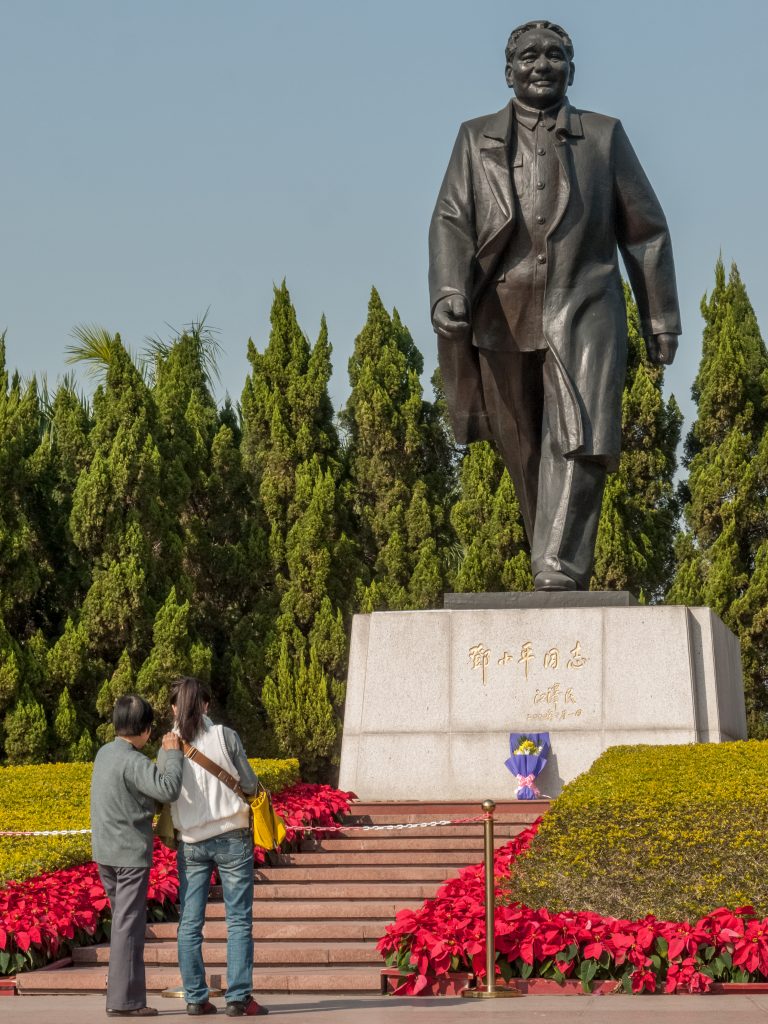
“Shenzhen speed”
Deng Xiaoping’s predecessor Mao Zedong implemented policies on a national scale in an all-or-nothing fashion, meaning that when he failed, he failed big — as seen in the disastrous “Great Leap Forward.” In contrast, Deng Xiaoping adopted a different approach, resembling that of a start-up: his method was to test on a relatively small scale, evaluate the outcomes, and optimize — at an incredible speed.
Back in the 80s, the construction of a 50-storey building (the Guomao Building) in only 37 months coined the term “Shenzhen speed” forever. The city’s success is all about implementing a bold strategy at typical Shenzhen speed, ensuring that competitors are unable to react in time.
The SEZ’s success helped transform China into the world’s manufacturing powerhouse. By the late 1980s and 1990s, the government expanded this approach to other regions along the coast.
Finally, in 2014, China was ready to pounce, and its government pushed for “mass entrepreneurship and mass innovation,” offering financial incentives for those starting businesses and stronger intellectual protection for innovators. The Chinese had already gone through all the grunt work and were ready to shine.
In the summer of 2019, I had the opportunity to visit an exhibit in Shenzhen that marked 40 years since the establishment of China’s first Special Economic Zones. It was remarkable to see, in loco, an exhibit about something I used to study in school and that sounded so distant. Yet there I was, somehow witnessing the results of a project that laid the foundations for the country’s current prosperity, which is now shifting the balance of power in the world.
A tale of two cities
Four decades after Deng Xiaoping’s reform, the situation of the two neighboring cities is inverted: Shenzhen has become Hong Kong’s wealthy cousin. In 1980, Shenzhen’s GDP was less than 1% of Hong Kong’s GDP. Now, Shenzhen’s economy has long overtaken Hong Kong’s economy.
In 1980, Shenzhen’s population was approximately 300,000; in 2023, it had grown to 17.7 million. Meanwhile, Hong Kong’s population grew modestly, from 5.15 million in 1980 to 7.53 million in 2023.
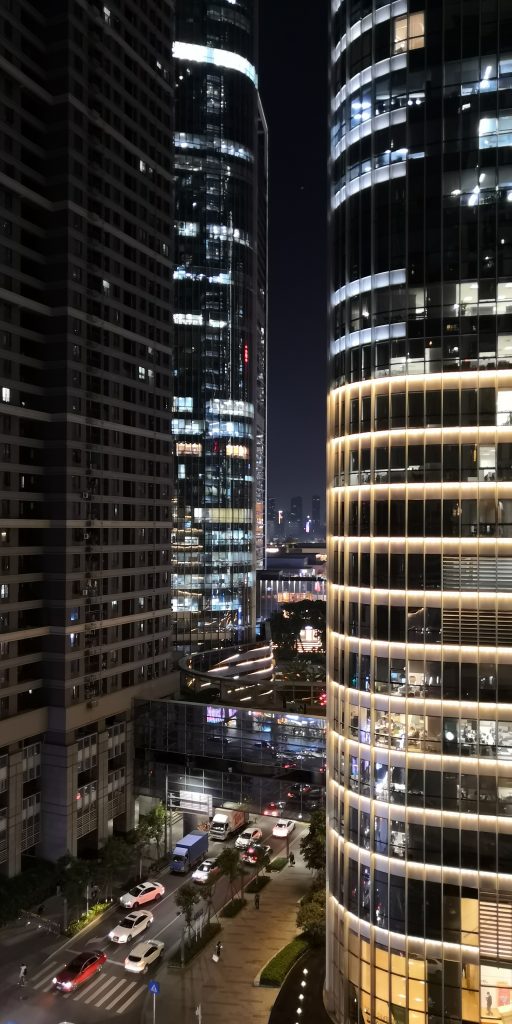
Shenzhen feels like the future. Everything looks shiny and new, from the subway to the public buildings, and meant to impress. Remarkably, it is a tropical future: the city is quite green due to the humidity, and the weather is pleasant throughout the year. We’re all familiar with reports about how polluted Chinese cities can be, especially Beijing. I haven’t been to Beijing, but Shenzhen couldn’t be farther from those images of smoky skies — maybe because it transitioned so well from being a manufacturing hub to a high-tech and innovation hub.
The Shenzhen lifestyle certainly has its drawbacks. First, there is no such thing as work-life balance — forget about it. Second, while all those illuminated buildings create a futuristic skyline at night, this is not really sustainable, not to mention the impact of light pollution on nature and people. Furthermore, the increasing cost of living puts the city at risk of being affordable only for highly skilled engineers.
Although partially drained by Shenzhen, Hong Kong manages to keep its allure. I remember a trip when, after weeks in grandiose Shenzhen — a city as dynamic as it is supremely organized and homogeneous — I took a train to Hong Kong. The moment I got there, ascending the staircase from the train station, the view of the chaotic, vibrant Tsim Sha Tsui unfolded with each step I took. I felt as energized as an animal back in its natural habitat. Seeing people from all parts of Asia, as well as Westerners, mixed in those messy streets that didn’t aim for perfection, felt fresh and lively. Even nature seems wilder in Hong Kong, with the landscape of mountains, sea, and forest reaching full exuberance (it actually reminded me of Rio). Shenzhen’s panorama is objectively pretty similar to Hong Kong’s, but for some reason, the scenery in Hong Kong just hits different. That two worlds so different are separated only by a 20-minute train ride (plus the long queues at passport control) is mind-boggling.

Reclaiming center stage
Like Shenzhen, China has transitioned from sheer poverty to being the world’s low-income factory floor and finally to being the innovator — all in 45 years. And for the Chinese, prosperity and power are their natural state. The Chinese name of the country, Zhōngguó, translates to “Central State” or “Middle Kingdom,” conveying the sense that China is the center of the world and therefore its rightful leader. This perspective may surprise many in the West: yes, the Chinese can be as confident in their birthright to lead the world as, for example, the Americans can be. In fact, the Chinese mindset tends to see the past as a long history of Chinese dominance, interrupted only by the “century of humiliation” that began after the First Opium War in 1842 and ended in 1949 with the founding of the People’s Republic of China. In this conception, their recent rise is not surprising but just a way back into the expected, natural state of affairs.
Working with the Chinese
The Chinese are obviously super hard-working — they will respect you as soon as they notice that you work hard too. But there is much more about the Chinese workstyle.
Chinese culture is considered to be a high-context culture. Let’s unpack that.
A high-context culture is a type of culture in which communication relies heavily on context rather than direct, explicit language. In such cultures, meaning is often derived from tone of voice, body language, social status, and long-established traditions rather than just words alone.
High-context cultures tend to emphasize interpersonal relationships, indirect communication, and the collective over the individual. Members of these cultures often expect others to “read between the lines” and grasp nuances without needing detailed explanations. Moreover, the Chinese culture is not confrontational either. As a result, when working with the Chinese, one shouldn’t expect to receive explicit negative feedback.
Many Asian countries are considered high-context cultures, as well as Latin American countries — being a Latina may have helped me adapt to the Chinese workstyle.
In contrast, low-context cultures, like those of Germany, the U.S., and Scandinavia, rely more on explicit communication, detailed explanations, and straightforwardness.
Regarding emotional expression, though, this is where the Chinese and the Latin Americans are quite different. In China, the cultural tendency is to keep emotions private, and in this, the Chinese are much closer to the Scandinavians, the Germans, and the British.
Deeply connected to the Chinese avoidance of explicit negative feedback is the need to “save face.” In Chinese culture, “face” refers to a person’s social status and reputation within a community. Having “face” means prestige, honor, and a strong social standing, while losing “face” (e.g., by being criticized or failing publicly) can lead to shame and damaged relationships. So, “saving face” means protecting one’s dignity and reputation, often by avoiding public embarrassment, conflict, or failure. It plays a key role in maintaining social harmony.
In Chinese society and work culture, people go to great lengths to maintain “face” (both their own and that of others), such as avoiding direct criticism, resolving issues discreetly, and even telling a lie — remember, what seems morally condemnable in the West may not be in the East: we have different values scales, and the Chinese notoriously place harmony at the top of theirs.
Humility is seen as essential for achieving such harmony, and I could witness how valued it was in my previous company, to the extent that more than once, I heard of colleagues refusing accolades and awards that translated into higher bonuses or salaries. I assume it was a way to indicate to the CEO that they were not greedy and prioritized the company and the long run over their individual or immediate aspirations. So, after that initial refusal, which demonstrated their commitment to the group’s long-term goals, the leader would be even more inclined to reward them at the next opportunity, and more generously. So, it’s not like those humble colleagues would be left empty-handed. At the end of the day, they understood that having their accomplishments made public to their peers was less important than making their commitment clear to the CEO. Amidst all the innovation, the echoes of deep-rooted values remain evident in the office environment.

Life in the Nanshan District
During my first visit, the company’s office was located right next to some buildings used by Tencent. I noticed that the crowds would only start leaving the office around 9 PM. It was the same in my office. In the tech industry in China, it’s common for workers to spend the entire day in the office. Many even begin their days by having their breakfast in the office cafeteria. Then, they typically work for approximately three hours, have lunch, take a power nap, and resume work; in the evening, they have dinner, work some more, and finally leave the office around 9 PM. However, it’s not uncommon for engineers to work in the office until 3 AM or later when a project becomes particularly intense.
Power naps
Regardless of how demanding a project may be, the post-lunch nap is considered a sacred moment. My colleagues always had blankets and eye masks ready for this much-needed rest.
Luckin Coffee
Coffee is paramount to keep those IT workers functioning. By the time of my first visit, in the summer of 2018, Luckin Coffee was the new sensation. The company had opened its first shops in Beijing and Shanghai earlier that year and was then aggressively expanding to other cities, including Shenzhen, firm in its determination to wipe Starbucks off the face of the earth. Their model required customers to download an app to order and pay for drinks online (my colleagues assisted me with this), allowing for valuable data collection and analytics.
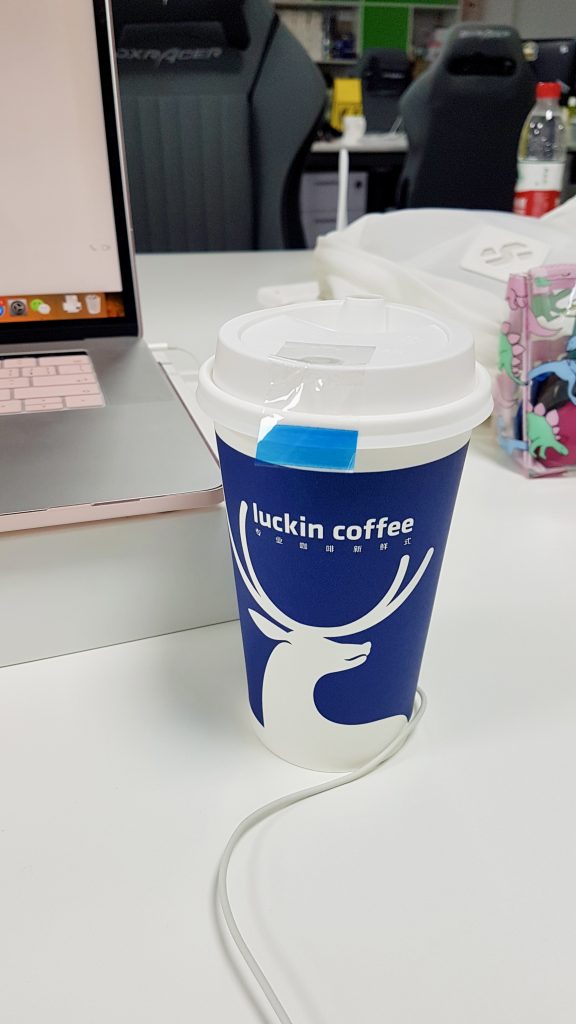
As I write this piece, I see that Luckin Coffee has already beaten Starbucks in China, becoming the country’s leading coffee chain, all while surviving an accounting scandal. According to the Financial Times, it is now planning a U.S. launch, firstly aiming at cities with high concentrations of Chinese students and tourists. I would not be surprised if we are all drinking Luckin Coffee in Europe very soon. Another Chinese beverage brand, HEYTEA, a fancy-yet-popular bubble tea shop (whose headquarters are located in Shenzhen’s Nanshan district), recently took its seriously delicious cheese tea and remarkable customer experience to the U.S., Australia, and Europe. After taking the lead in high tech, it’s only natural that the Chinese now go for our daily habits, leisure, and entertainment (TikTok is obviously doing a great job here).
Squat toilets
Speaking of daily habits: on my first visit, the washrooms in my company’s office were designed in the traditional Chinese style, featuring squat toilets, which horrified me at first. However, after a couple of weeks, I became accustomed to them. The presence of squat toilets has nothing to do with the modernity of a facility; even the most upscale malls in affluent areas have squat pots, although they typically provide sitting toilets as well. Later, we moved to a different office in Nanshan that included Western-style restrooms, offering a more familiar experience — just as I was starting to see the benefits of the squat toilets, which are inherently more hygienic than sitting toilets. Not to mention that the squatting posture is more physiological, preventing excessive straining. The bottom line is, if you’re going to do business in China, prepare to have your share of squat toilets. Embrace its many advantages.
Cashless life
While the squat toilets persist, banknotes have virtually disappeared. Back in 2018, people had already long abandoned them, as they jumped from cash straight to Tencent’s WeChat Pay, skipping credit cards altogether. In Shenzhen, it is super common for shops to refuse cash payments. Acceptance of credit cards varies; more than once, I attempted to use my physical credit card, and the cashier looked at it confused, unsure of how to use that piece of plastic — this happened not only in Shenzhen but in other locations as well. The credit card was a relic from the past, for sure, yet a past that they had completely bypassed and, therefore, had no memory of.
Like a celebrity
During my strolls around Shenzhen, passersby would often stop me and ask for selfies. Considering my last trip to Shenzhen was five years ago (time really flies!), I’m not sure if it’s still like that; maybe they have grown accustomed to Westerners by now. Back then, random young Chinese women would ask me for selfies, complimenting my looks and making me feel like a celebrity. I guess this was part of a foreigner’s experience in Shenzhen. My high school friend who lived there told me that the Chinese would often ask to touch his curly hair, curious about its texture. If a foreigner in Shenzhen ever felt overwhelmed by all this attention, all they had to do was take the 20-minute train ride to Hong Kong, where no local would pay attention to them.
Chinese colleagues
The Chinese were incredibly kind and generous — not only my office colleagues were super friendly and welcoming, but even strangers displayed similar warmth. Whenever I got lost, which happened quite often since Baidu Maps didn’t always work for me, all I had to do was ask for help. People would go out of their way to assist me.
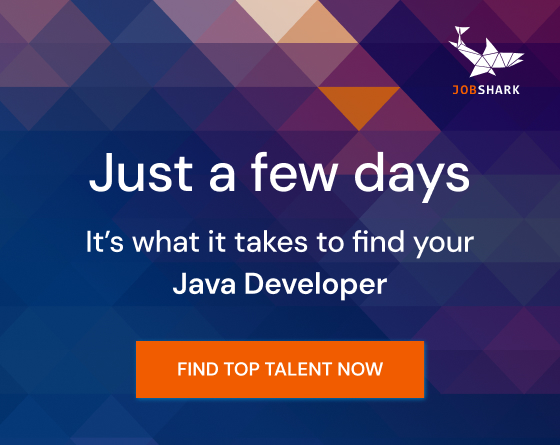
Of course, it was not always sunshine and rainbows, and we had our share of cultural conflicts in the office. Nevertheless, I must say that, despite being raised in a society that remains relatively closed and strives for homogeneity, my colleagues were remarkably open-minded and welcoming of differences, more than so many of us in the West.
Falling in love with the Chinese culture
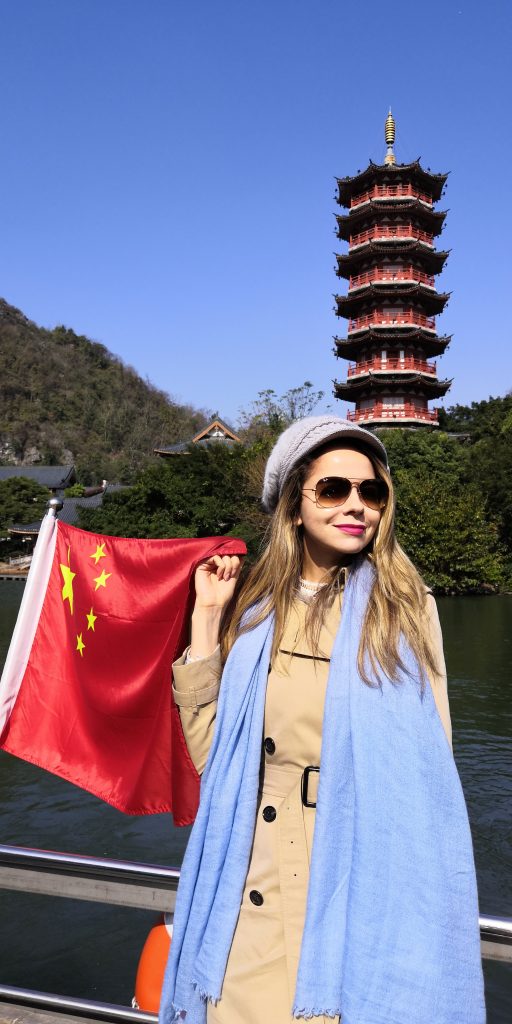
I remember that as soon as I received the job offer, I began my research about China and its history. I was particularly struck by the fact that whenever there was a significant crisis, such as a war or famine, the death toll was never less than tens of millions. In a country so big, when something goes wrong, the consequences are massive. And while I am no expert, what I like about Deng Xiaoping’s approach when creating the SEZs is that, had they failed, the damage would have been limited, as opposed to Mao’s failures. One way or another, the ability of the Chinese to react is tremendous, and time and again, they manage to rise.
I developed a love for Chinese culture, and I take the liberty of including Hong Kong cinema here. At that time, I was watching Wong Kar-wai movies more than ever, some of them several times, with “Chungking Express” (1994) and “Happy Together” (1997) being my favorites. I also watched other modern classics, e.g., “Farewell My Concubine” (1993), which depicts the terror of the Cultural Revolution (1966-1976), “Raise the Red Lantern” (1991), a portrait of what it meant to be a woman in Warlord Era China (1916-1928), and “Lust, Caution” (2007), a thriller set in Japanese-occupied China (1937-1945). Great movies.
In the summer of 2019, I took a trip to Macao, formerly a Portuguese colony. It blew my mind to see how parts of the city looked a lot like Lisbon, or some old neighborhoods of Rio de Janeiro or Salvador in Brazil, or even Colonia del Sacramento, a former Portuguese settlement in Uruguay. As a native Portuguese speaker, seeing those streets named in Portuguese blew my mind. Seriously, how come I was in China if the streets were named “Rua da Sé,” “Calçada do Carmo”? It felt like that city had been hit by a… “Lusofier ray”, obviously the only possible explanation for all that I was seeing — including the typical colonial architecture and street vendors selling Portuguese custard tarts.

Wrapping up
I started that journey in China’s tech sector with curiosity and left in awe. My experience there was more than just about work; it was about witnessing a nation reclaim center stage in the global arena through technology and innovation.
Shenzhen’s success story is one of a bold strategy whose implementation nears perfection. If my time there taught me anything, it is that the future belongs to those who have a clear vision, move fast, and never stop innovating. Shenzhen stands as the tropical, orderly, pristine proof of that.
You obviously enjoy content that helps you stay ahead
Why not keep it coming? Click here and join the TechTalents Insights community for bi-weekly trends and expert perspectives — all free and delivered straight to you.


